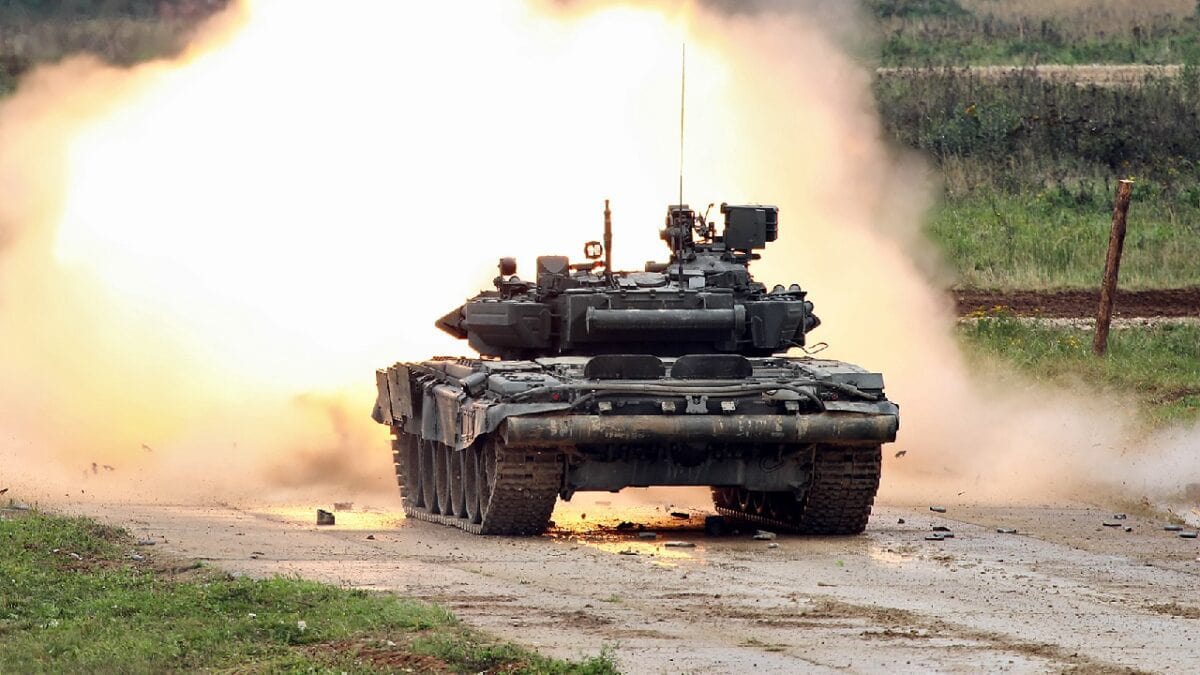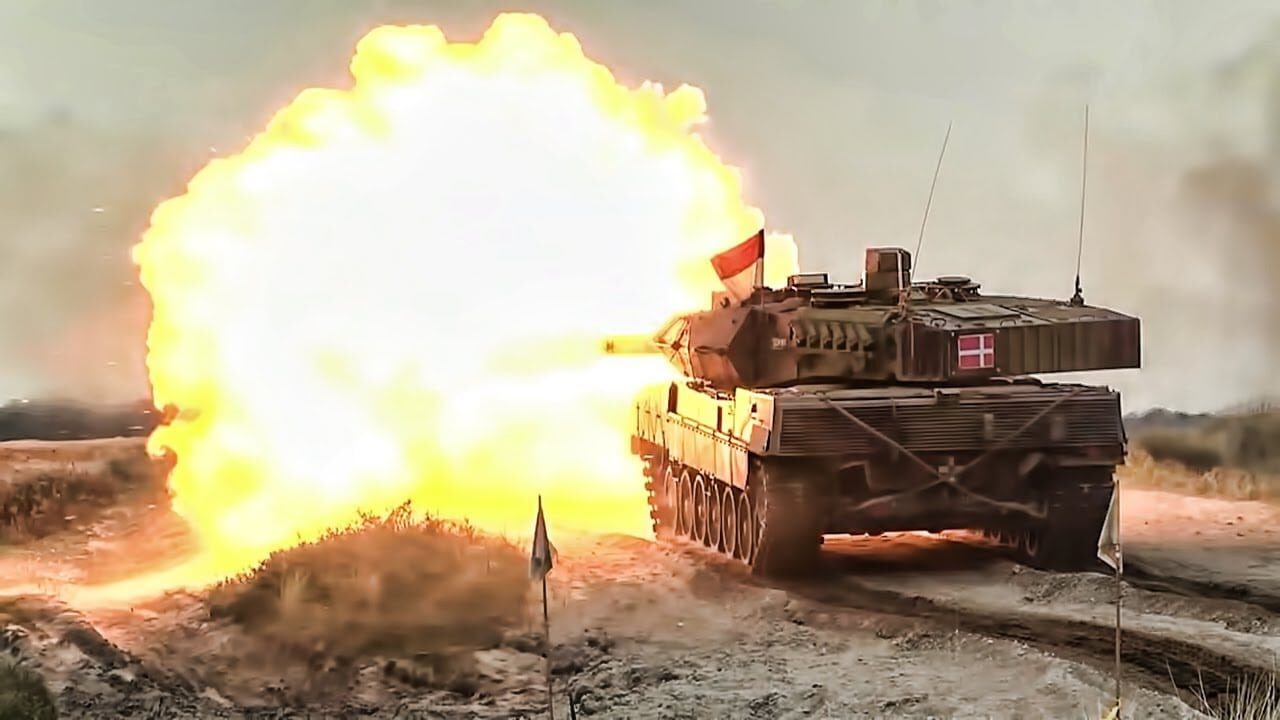What Ukraine Needs to Fight Russia – More Like a Wishlist: The Ukrainian army’s counteroffensive has slowed down as the element of surprise has worn off and Russian troops, feeling like their hold over terrain is weakening, have fought back to slow the Ukrainian advance. Ukrainians still have the initiative and could increase the momentum with weapons systems that President Volodymyr Zelenskyy has wanted for months. These include a different precision-guided missile from the United States – ATACMS, the F-16 fighter – also from the Americans – and the Leopard II main battle tank (MBT) from Germany. Let’s take a closer look at these major pieces of equipment that could push Ukraine forward to better take the fight to Russia.
Ukraine: What Does the Current Battle Map Look Like?
First, an update on fighting. According to the Institute for the Study of War’s daily report on September 22, both sides are testing enemy lines. The combat is short-range and face-to-face in eastern Ukraine as the Ukrainian soldiers try to break through east of Kharkiv. In southern Ukraine, north and east of Kherson city, the Ukrainian army is striking Russian command posts with artillery. Russia is making small gains in its own counter-attack in the Donetsk region.
HIMARS Key to Success, But How About ATACMS?
For long-range strikes, the Ukrainians have at least 16 HIMARS or the M142 High Mobility Artillery Rocket Systems, which are lethal and accurate with a range of 50 miles. But Ukraine would also like to score the ATACMS or Army Tactical Missile System, which has a range of 186 miles. This guided missile could extend gains around Kharkiv and even fire into Russia itself. The ATACMS missile launches out of the HIMARS system and other multiple rocket launchers. It is guided by GPS and has a deadly 500-pound fragmentation warhead. ATACMS was used in the first and second Gulf Wars. The U.S. Army Acquisition Support Center says it can be utilized against “air defense artillery sites, surface-to-surface missile units, logistics sites, command and control complexes and helicopter forward operating bases.”
Fast Leopard Two Tank Could Extend Territorial Gains in Ukraine
Kyiv also wants the latest and most advanced Leopard II MBTs from Germany or other allies, such as Spain. Ukraine’s army has shown what it can do with fast-moving combined arms “shock” warfare with tanks, armored personnel carriers, artillery, and infantry. They used these tactics and techniques to look for weak points in Russian lines and then shot through gaps. The Leopard II, one of the best tanks in the world, would allow Ukraine’s army to take the fight to the enemy with even more alacrity.
The Leopard II has a thick 59-inch armor to better protect the crew of four. The Leopard II is known for its speed – a maximum of 42 miles per hour on roads. The German tank features the powerful and accurate Rheinmetall Rh-120 L/55 120mm main gun. The tank served in Afghanistan and showed its survivability against IEDs.
F-16s Could Teach Russia a Lesson in Close Air Support
Next up on the Ukrainian wish list is the F-16 Fighting Falcon. While Zelenskyy has not publicly called for the F-16 to be transferred to his air force in a while, Kyiv is working behind the scenes to negotiate for its delivery. The F-16 could help considerably with close air support against Russian forces. The fighter could suppress Russian surface-to-air missiles, take out enemy tanks, and protect the airspace from Russian warplanes. The F-16 can fly more than 500 miles, deliver its payload, and then fight its way back to base.
Allied Political Will Needed on Ukraine
Proponents of delivering the ATACMS, Leopard Two, and F-16 believe that these end items would tip the scales in favor of Ukraine and help build on the gains from the counteroffensive. The United States believes that HIMARS has the adequate range to engage numerous targets and that firing the ATACMS into Russia would be a provocation the Biden administration does not want to engage in. Germany has not arrived at the sufficient political support it needs to send Leopard IIs, while the F-16 would require Ukrainian training for pilots and maintenance personnel plus extensive spare parts that would make sending the warplane to Ukraine a difficult task. The logistics of delivering aircraft to the wartorn country also presents challenges.

Russian T-90 tank firing. Image Credit: Creative Commons.
Ukraine may have to fight with what military hardware it already has. Its military is doing well, but the question is whether it can continue to match its early success of the counteroffensive. Russia has stiffened its defenses and re-grouped around key terrain.
Without new military systems for Ukraine, the war could enter into a new stalemate phase this winter.
Expert Biography: Serving as 1945’s Defense and National Security Editor, Dr. Brent M. Eastwood is the author of Humans, Machines, and Data: Future Trends in Warfare. He is an Emerging Threats expert and former U.S. Army Infantry officer. You can follow him on Twitter @BMEastwood. He holds a Ph.D. in Political Science and Foreign Policy/ International Relations.

